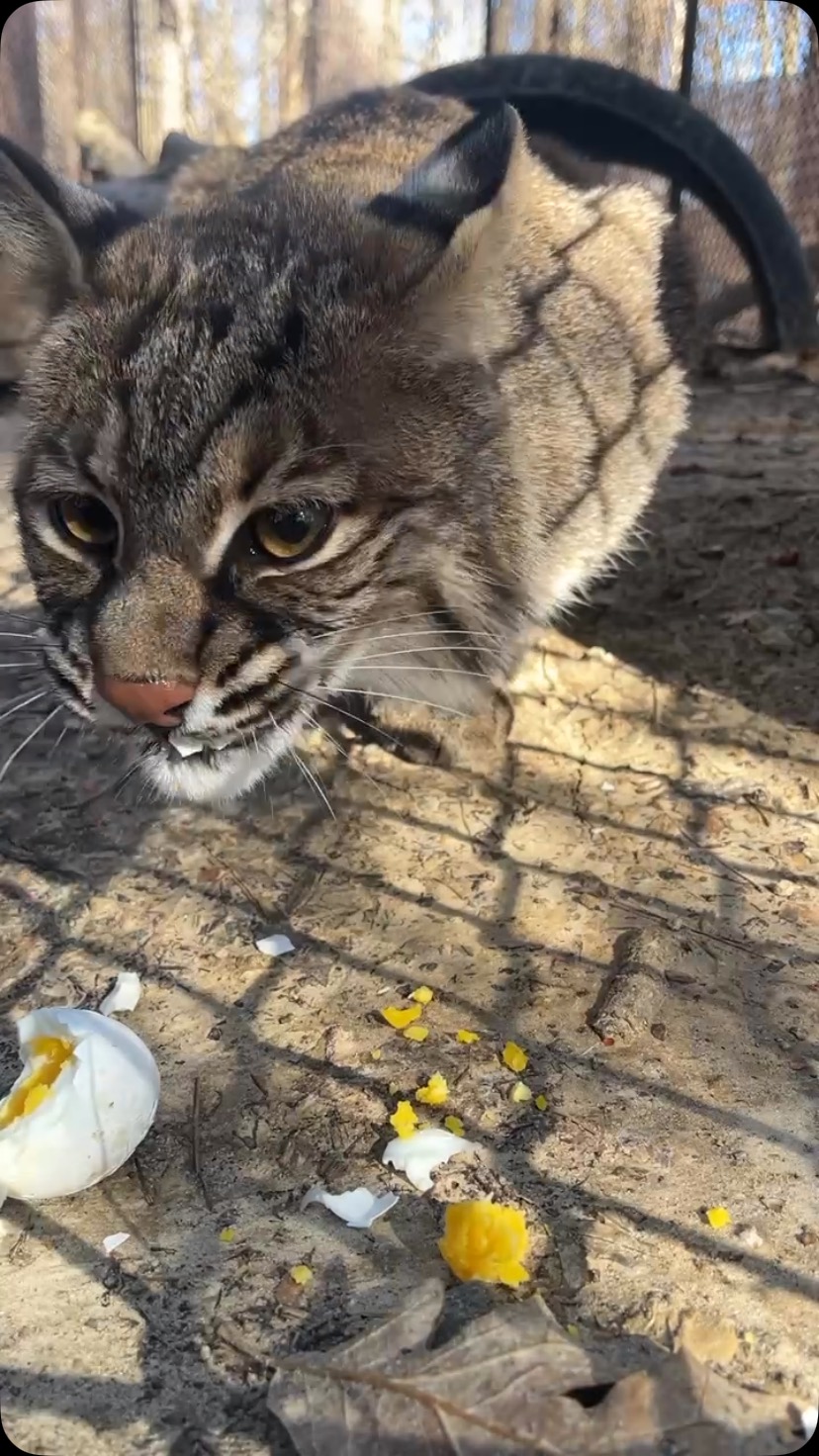- The fascinating world of ASMR and its impact on wildlife education and conservation.
- Insights into bobcat behavior and how their dietary habits play a role in their ecology.
- Understanding the significance of immersive sensory experiences through the lens of juvenile bobcat eating an egg ASMR.
- Exploring the intricate relationships between predator-prey dynamics and habitat conservation efforts.
- Delving into the application of digital content to foster public interest and awareness in wildlife preservation.
The digital landscape has radically transformed how we interact with nature and wildlife. A captivating part of this transformation is the rise of ASMR, or Autonomous Sensory Meridian Response, content focused on animals, such as the “Sound on for juvenile bobcat eating an egg ASMR.” This phenomenon provides an intriguing intersection between technology, education, and conservation. By engaging the senses, ASMR offers a platform that invites audiences to appreciate and understand the subtle nuances of wildlife, contributing substantially to conservation education.
Bobcats (Lynx rufus), notorious for their elusive nature, are medium-sized cats native to North America. They play a crucial role in ecosystem balance. Their dietary habits are primarily carnivorous, but they exhibit opportunistic feeding behaviors. This adaptability is evident in their occasional consumption of eggs, highlighted in certain ASMR videos. Observing a juvenile bobcat meticulously cracking and consuming an egg unearths vital ecological insights. These snippets of life provide educational value, emphasizing the bobcat’s role in pest control and the protection of plant life by managing prey populations such as rodents.
ASMR content featuring wildlife compels viewers to engage more deeply with the subject at hand. For instance, the captivating sound of a juvenile bobcat eating an egg transports audiences into the wild, creating a virtual connection with nature. This sensory immersion fosters empathy and a sense of stewardship for wildlife, potentially inspiring proactive participation in conservation efforts. Such content not only educates but also illustrates the natural behaviors and ecological interactions that may otherwise go unnoticed.
Predator-prey dynamics are a fundamental aspect of ecological studies. Bobcats, as apex predators within their habitats, manage the population dynamics of prey species. This indirect regulation preserves biodiversity, maintaining the health and sustainability of ecosystems. The egg-eating behavior captured in ASMR content spotlights these complex food web interactions. By understanding bobcats’ dietary choices, researchers can infer various ecological implications, considering factors like prey availability and habitat conditions. These insights feed into broader conservation strategies, ensuring stable and resilient wildlife populations.
The advent of digital media as a tool for wildlife conservation cannot be overstated. Platforms like Instagram allow for a diverse range of content to reach a global audience efficiently. Sound on for juvenile bobcat eating an egg ASMR” exemplifies this potential, bringing the wonders of wildlife into homes worldwide. By leveraging social media, conservationists and educators can bridge the knowledge gap, highlighting pressing issues such as habitat loss and species endangerment. This approach democratizes access to information, making it easier for people to connect with and care about wildlife conservation.
Digital content serves as an educational medium, providing insights into animal behavior and ecology. Through engagement with sensory-driven media, audiences gain an appreciation for the complexity of life, fueling greater advocacy for environmental protection. The task ahead lies in harnessing this momentum, channeling interest into impactful conservation actions.
Emphasizing conservation and wildlife awareness demands innovative approaches. The ASMR genre, with its unique auditory focus, provides an effective means of communication. By listening to the subtle sounds of a bobcat or observing its behaviors, individuals are more likely to develop a respect for nature’s balance, urging them to support conservation initiatives actively.
Balancing the roles of education and entertainment in wildlife ASMR remains a pivotal challenge. While producing engaging content is essential, it must also deliver significant educational value to impact conservation positively. Crafting content that is both informative and appealing will drive increased public interest, leading to meaningful advancements in wildlife preservation.
As the digital age progresses, the tools available to conservationists and educators continue to expand. Using platforms like Instagram, such as in the case of juvenile bobcat ASMR, highlights an opportunity to enrich public understanding and foster goodwill toward wildlife. Together, these efforts shape a more informed society poised to tackle conservation challenges head-on, with an engaged public as a vital partner in safeguarding biodiversity.
*****
Source Description
Sound on for juvenile bobcat eating an egg ASMR 🥚 🐱


